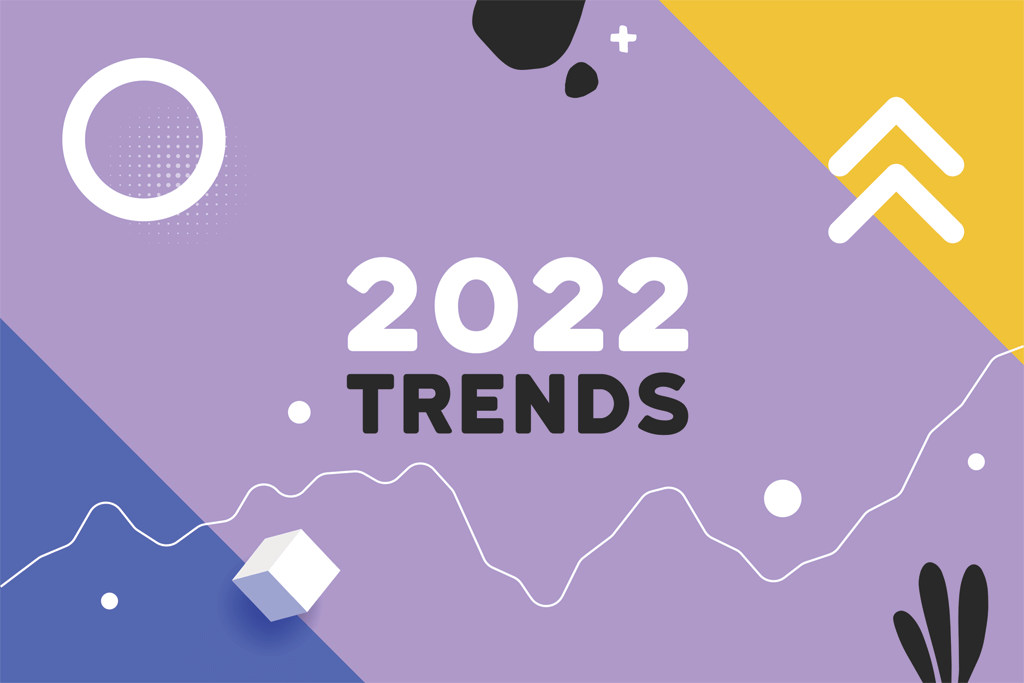The global digital payments industry is enjoying a period of unprecedented acceleration. Short introduction which covers the general markers of note for the industry in 2021 – giving some stats (i.e. According to Finaria.it, the global digital payments industry is expected to hit $6.6 trillion in value in 2021) and touching on the general rise in innovation / improvements in security / evolution of p2p payments.
The Continued Rise Of ISVs
Developer time is starting to reduce dramatically – this has opened up the market AND means that more niche sectors can be targeted (i.e. just for hair salons, auto repair shops, catering) – this has led to a more fragmented market, which means that smaller ISVs can compete and make a name quickly.
The Need For More Transparency
In the face of the inevitable increase we can expect to see in terms of industry regulation – there will be a rising need to practice SELF regulation as an industry. High profile cases off “rip offs” could easily lead to more draconian regulation, so as an industry, we can help ourselves here. First self-regulate on interchange, then look at pricing. Generally can probably expect to see more pricing-based regulation (i.e. stricter licensing to sell i.e. as with mortgages and insurance.) Transparency and openness to help shine a light on industry and guard against over regulation.
Increased Demand For Identity Authentication
Heightened awareness / concern with identity theft and fraud will drive more innovation around identity assurance. Physical and behavioral biometrics can be applied as authentication methods for card-not-present (CNP) transactions, with face-based biometric authentication becoming much more commonplace (thanks to our all-present mobile devices!)
Crypto As A Mainstream Form Of Payment
The need / expectation for crypto to be accepted as a form of payment – going the same way as Apple Pay etc a few years ago. Perhaps not achieving this “mainstream” status in 2022 – but certainly on its way, and driving the demand for low cost payment acceptance (this will have an impact on fintech’s interest in developing ACH offerings – promising the ability to maximize revenue and improve on vital KYC.)
An Increased Focus On Authorization Rate Optimization
Machine learning and data increasingly leveraged to advance ARO – best suited to businesses taking high volume digital transactions, but principals that can be applied to benefit any merchant. Talk about optimized payment flows, collection / submission of additional billing info and a reduction in fraud rates (to avoid high chargebacks and increased declines.)
Conclusion
Sum up by framing 2022 as a period of opportunity, innovation and challenge. Highlight the need for internal efficiencies and improved accuracy – positioning Commissionly as the perfect solution – able to bring down operating costs, helpfully and productively harness your data and create more motivated agents as you head into a successful new year.




